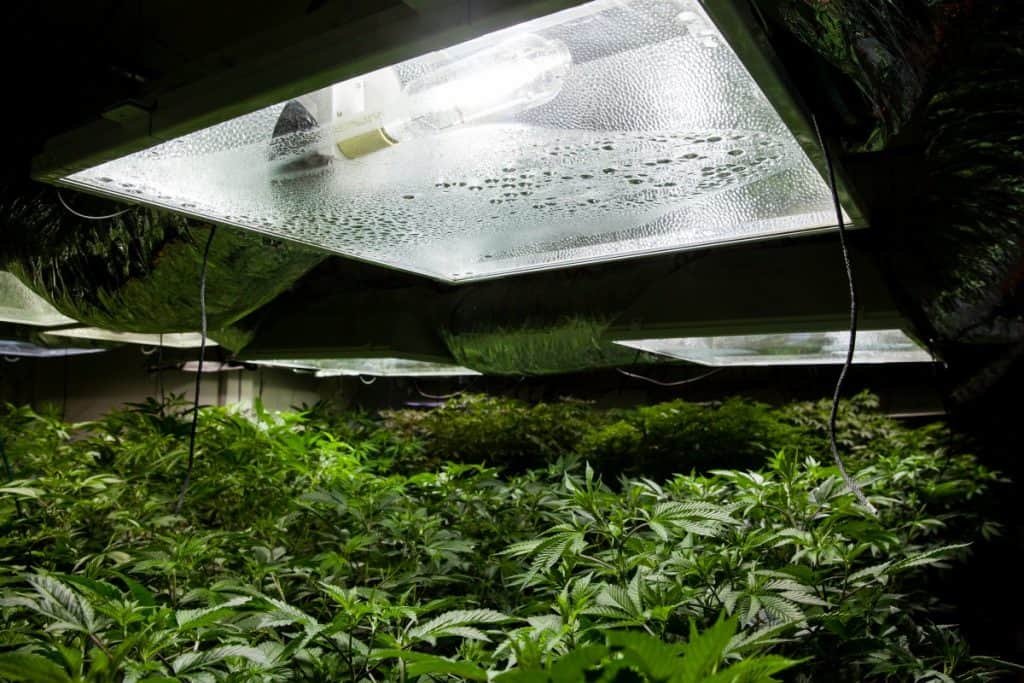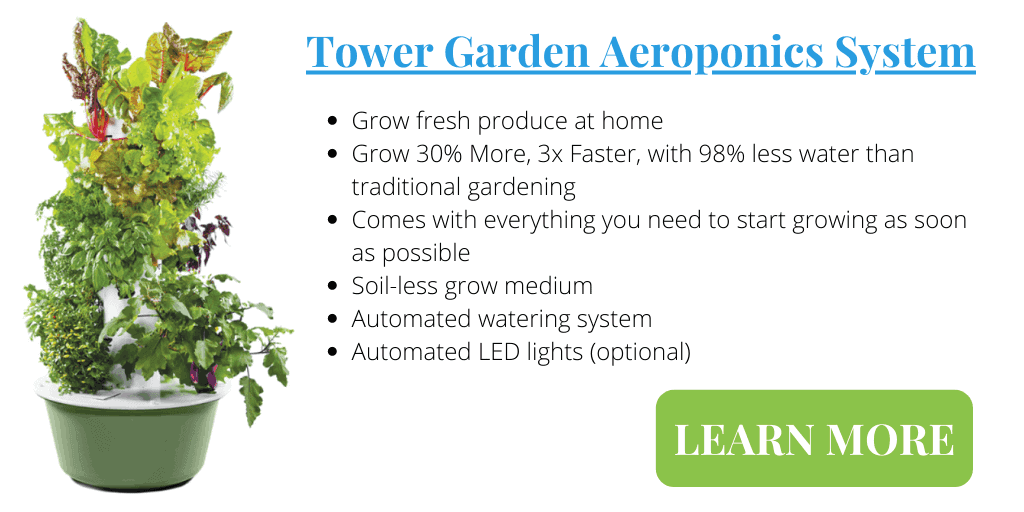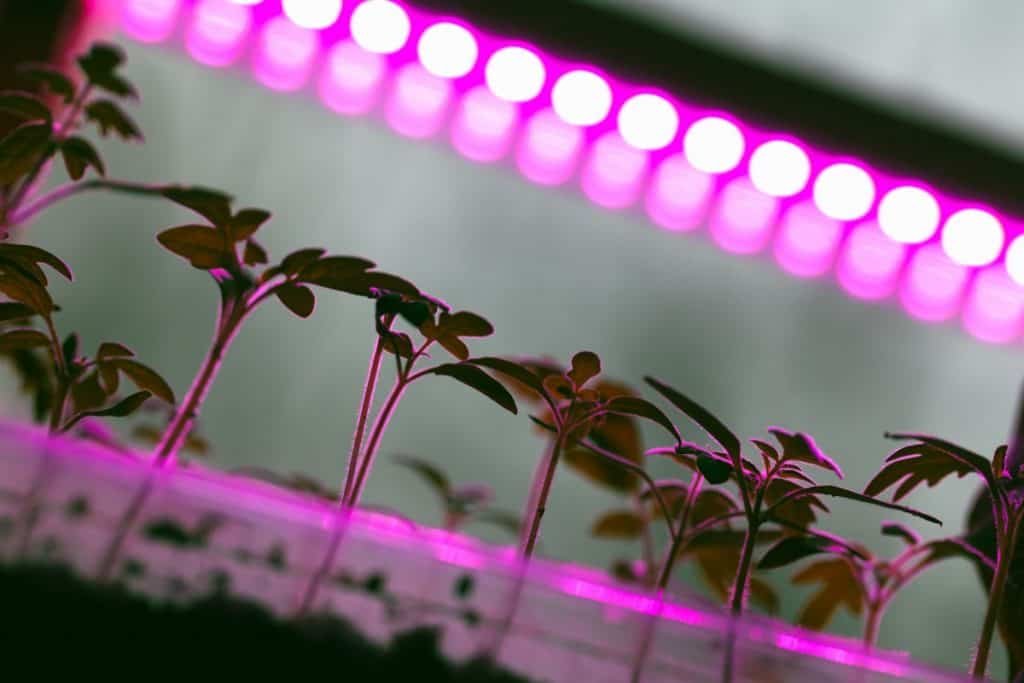Do you find yourself looking at grow lights and wondering why they are so expensive? It’s hard to get started when the costs are high. The truth is, grow lights can be costly when you have no idea what you’re getting into. You may not know if it will fit your needs or if it is worth the price. There are a few ideas that can help make your decision easier as well as save money on the purchase price.
Grow lights are expensive because of the research and development that goes into producing grow lights that match the industry requirements to promote the healthy growth and fruiting of plants. Better quality materials are also used in the production of more expensive grow lights to achieve these standards.
Grow lights may be more expensive than other forms of lighting used for normal lighting applications in your home. The reason that this is the case is that the grow lights are not normal lighting fixtures but need to have certain characteristics to promote the growth of your plants. Some questions we can ask are if it is necessary for the lights to be so expensive and if cheaper lights will work just as well.

Why Are Grow Lights Expensive?
Some people might think that the prices of grow lights are outrageous, but there’s a lot more to it than just what you see on the sticker.
For example, LED grow lights typically last twice as long as other bulbs and produce less heat than HPS or HID light bulbs. The price tag for this type of bulb is much higher due to its advanced technology.
Grow lights are designed for a specific purpose, which means that they are manufactured to comply with certain standards to make them effective for their intended purpose.
- Grow lights are made to be more energy-efficient than standard household lights.
- Grow lights are made to deliver the correct light frequencies from the color spectrum to promote the best plant growth and flowering and fruiting environment.
- Better quality components are used in the manufacture of these lights.
- More research and development go into these lights than lights that are simply to provide illumination in the home.
Technology in Grow Lights
Much research goes into not only the technology of the grow lights but also into the lens and the housing of the light. The lens is important in that it can focus the light on a point, or it can spread the light out to cover a wider area.
Focused light gives the plant more energy, but the area coverage is limited. A wide beam will cover a larger area, but the energy is diffused, giving less energy to each plant.
A balance needs to be reached between a focused beam and a diffuse beam to achieve the most beneficial light for a certain space. All this research and attention to detail costs the manufacturer time and money to deliver a product that will meet the growers’ expectations.
Of course, companies that make grow lights are interested in making a profit, and the growing interest in growing plants indoors has sparked an increase in the demand for these lights.
This opens the market for manufacturers to charge higher prices for the grow lights in a sector where they are in high demand, and the purchaser is willing to pay a higher price for a product with a higher perceived value.

Are Expensive Grow Lights The Best To Use?
As with any other sector that provides a product to a consumer, there are high-quality products that deliver what they promise but demand a high price. There are medium-range products that deliver average performance at a more reasonable price, and then there are the cheap products that cost very little but deliver very little on the promised performance.
As with any other sector, there are also unscrupulous suppliers who will offer a cheap product and charge a higher price based on the demand in the market.
So how do you negotiate this minefield and find grow lights that won’t cost an arm and a leg but still deliver on performance? Or is there no such thing in the grow light market, and should you resign yourself to paying the premium price for a high-quality product?
Expensive grow lights from manufacturers that have been around for some time and have a good reputation will work extremely well and will be great lights to use. The price of these lights from these manufacturers is high not only because they are good products but also because of the name and reputation of the company.
It is certainly possible to get great growing results with more reasonable priced grow lights, which also makes it more affordable for beginners to get into growing indoors.
While a high-priced grow light from a reputable manufacturer will be worth the money, there are cheaper options that will work well, but you will need to do some research to discover these products.
- Read the labels. Read the labels or product descriptions of the product you are looking at to make sure it will meet your expectations for wattage, spectrum and coverage.
- Shop around. Once you have found a suitable product, shop around to find the best price possible for the product. You will be surprised to find how the price can vary from supplier to supplier.
- Word of mouth. Talk to other growers to find out their experiences with grow light products and suppliers to establish a baseline of information.
- Build your grow light collection over time. Start with one set and build your collection of grow lights up over time to prevent a huge upfront capital outlay on lights.
Another way to cut your costs when starting out with your indoor growing operation is to make your own grow light system until you can afford to buy a commercially manufactured unit.
Use light bulbs that are not marketed as grow lights, but check the labels on the boxes to make sure the lumens are within the right values to provide bright light and that the spectrum is between 3000 to 5000K. A lamp that is at 4000 to 5000K will work well.
While these homemade grow lights will get you started and allow you to experiment with growing indoors, a commercially produced grow light will give you much better results. With the homemade version, however, you will get decent results, and it will give you time to save for a better set of grow lights.

Cost Of Types Of Grow Lights
There are varying technologies available in the grow light market, including LED technology, HID, and HPS technology lights.
The costs of these lights will vary because of the technology used and the cost of manufacture, and the demand in the market for these lights.
LED lights are growing in popularity because they last longer, are more cost-effective to run, and do not generate any heat.
HID grow lights are cheaper to buy than LED lights but generate more heat and need to be changed more frequently. Growers often use HID in combination with LED lights because the spectrum of light offered by HID is better than LED.
- HID grow lights are about 30% cheaper than LED lights. They produce a good light spectrum, but the disadvantage is that they generate heat which requires additional cooling equipment. HID bulbs also need to be changed more frequently and consume more energy than LED lights.
- HPS grow lights are about 40% cheaper than LED lights. HPS lights generate lots of heat, requiring cooling systems, and consume more energy to run.
LED lights will have a higher upfront cost, but a lower running cost and the advantage of less heat generation are making these lights more popular than other types of grow lights.
The trend with LED lights is that the prices are coming down as more technology improves and the cost of manufacture is reduced. This is bringing their prices down and reduce the price differences between LED grow lights and other technology lights.
Conclusion
Grow lights are certainly an expensive item when you are starting up your indoor growing operation, and in some cases, could be a barrier to entry into the activity.
However, with a little research and ingenuity, you can find a solution that will meet your budget constraints and allow you to get started on your indoor growing project!



